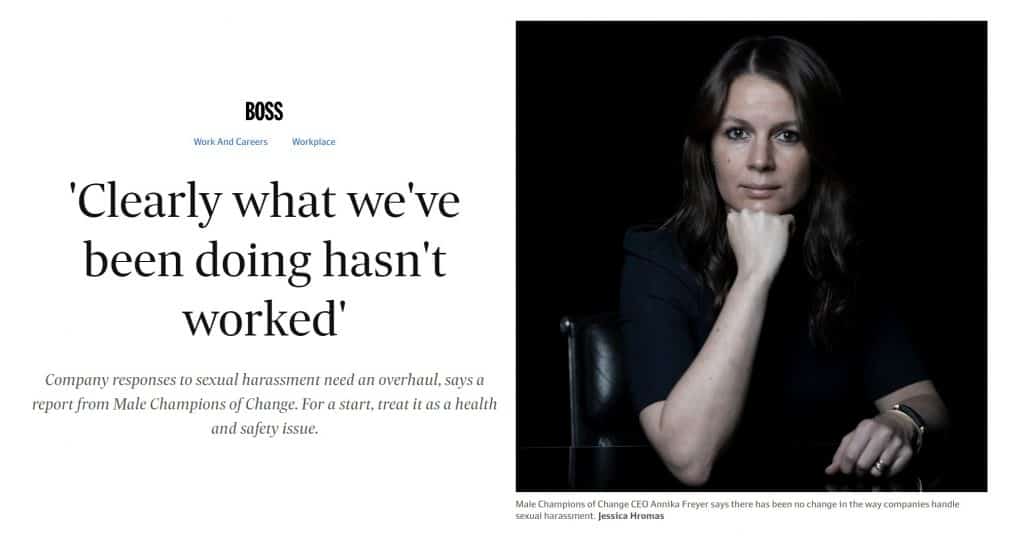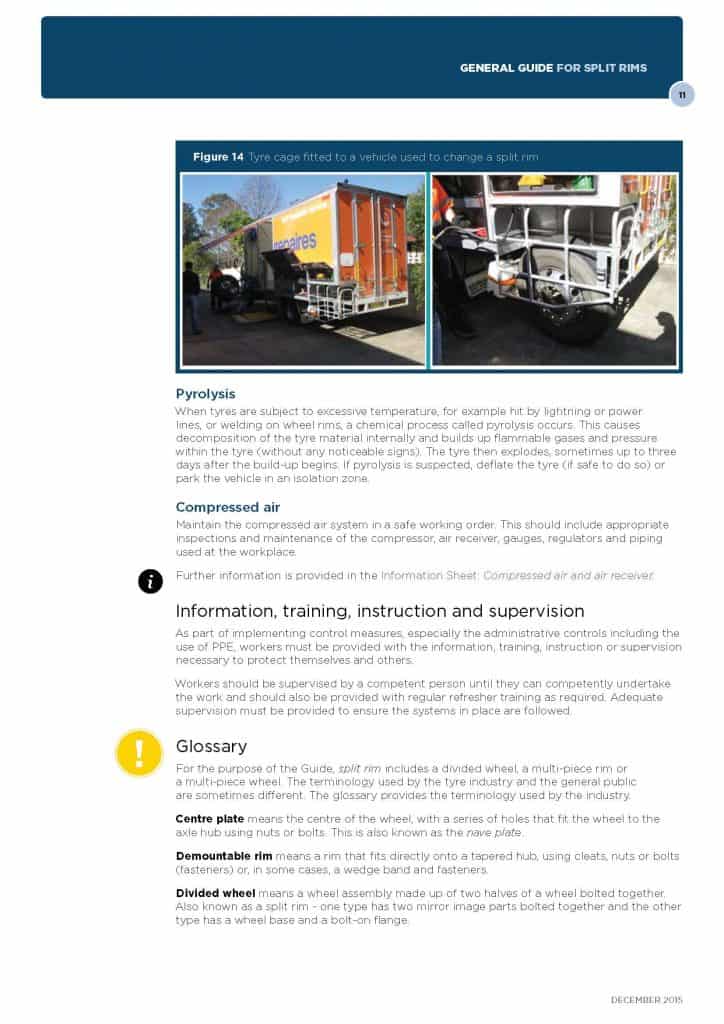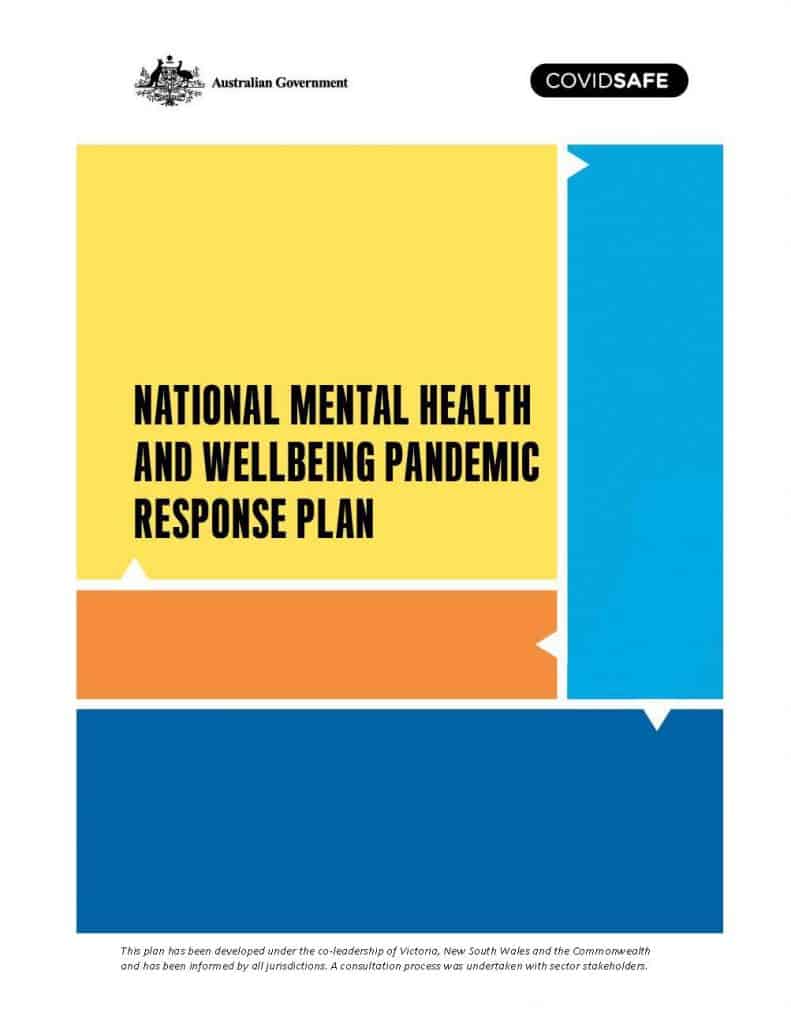
A lot of recent attention has been given to incidents of sexual harassment in Australian legal and finance corporations, in particular, and how these are being (mis)managed. COVID19 has thrown a big focus on the working conditions of health care workers. Last month, Australian research on sexual misconduct was released that is, essentially, a Venn diagram of the issues of sexual harassment and misconduct with health practitioners.
The lead author of the study, Associate Professor Marie Bismark, professor of Public Law at the Melbourne School of Population and Global Health, spoke exclusively with SafetyAtWorkBlog about the research findings.





